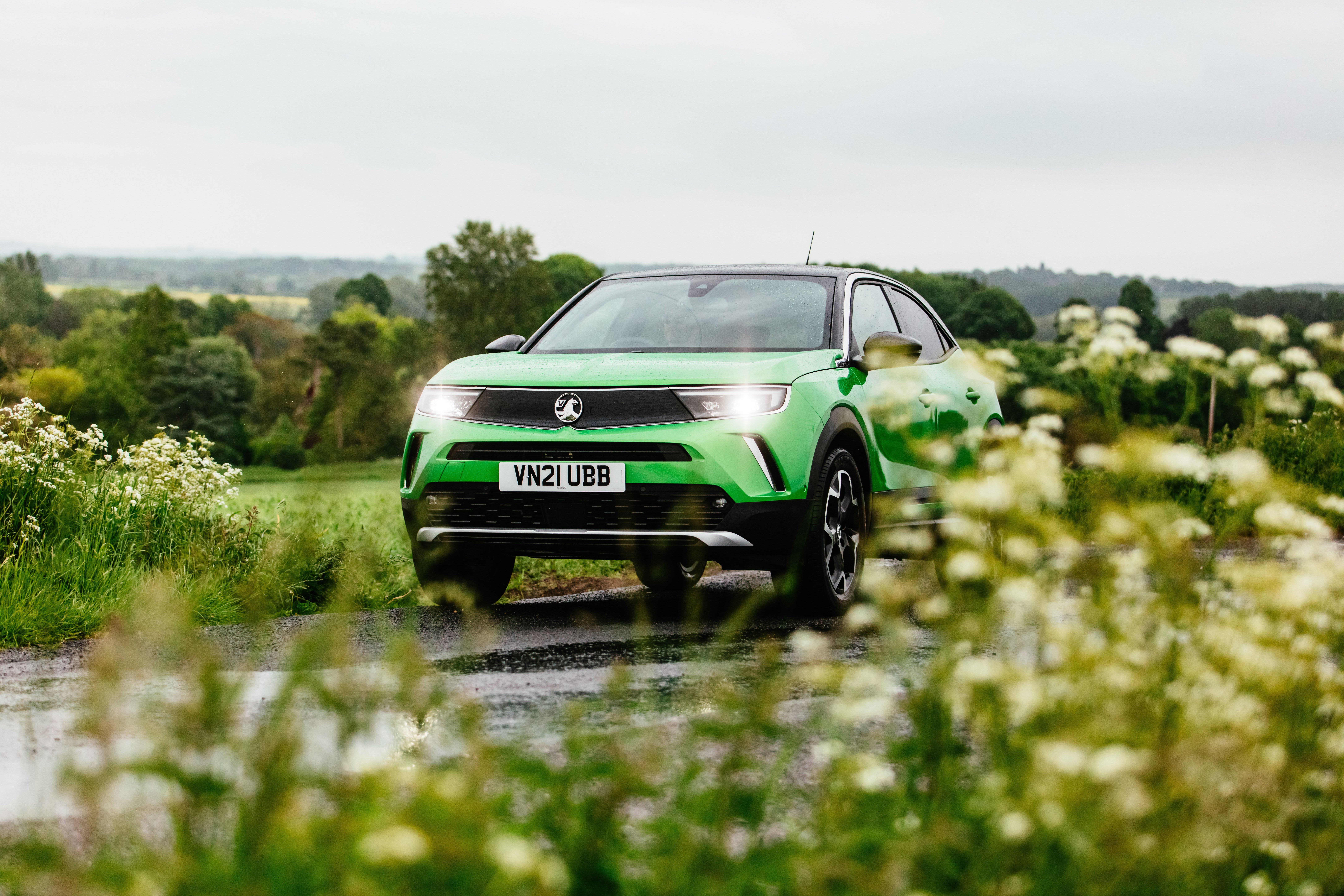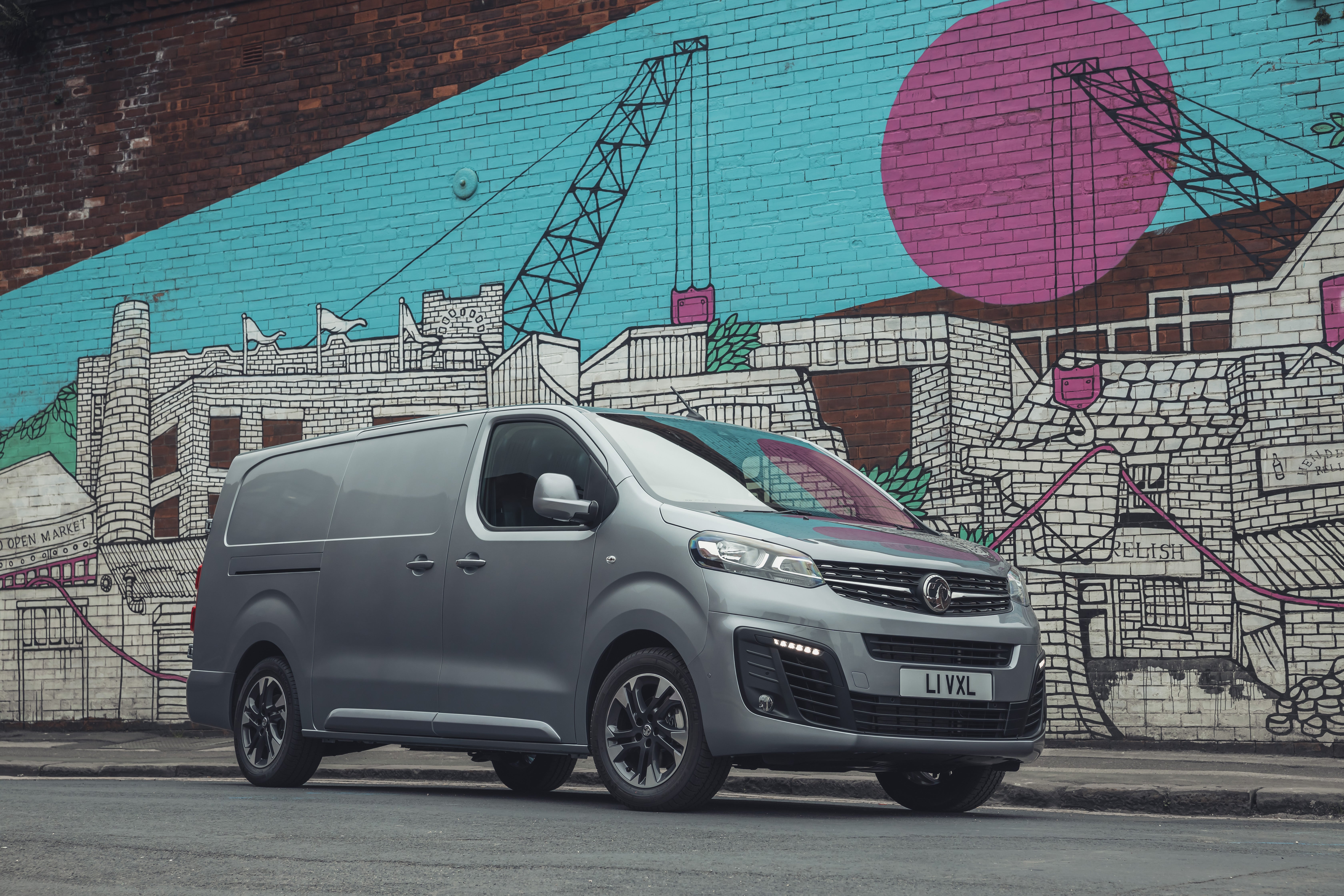Driving change: how to make the switch to electric easier
With the UK government’s pledge to ban sales of new petrol and diesel cars and vans by 2030, pressure is building on motorists and manufacturers to embrace electric vehicles (EVs).

The government ban is a two-stage process, with hybrid vehicles capable of travelling a significant distance in electric mode staying on sale until 2035.
But British car and van maker Vauxhall has decided to embrace the change ahead of time. By 2028 – seven years before the hybrid ban – it has committed to offering an all-electric line-up.
To ensure motorists join its drive for greener motoring, here are five ways the company believes EV adoption can be accelerated.
1) Make incentives easier to understand
The government offers a variety of incentives to help fund the cost of an electric car or van, but the AA reports that the majority of drivers are unaware of them.
Vauxhall is arguing for simplified government support, perhaps in the form of reduced VAT on EVs in place of complex grants.
The company says this will make a big difference to the purchasing process for business and private users, so they understand exactly where and how they can save money.
2) Widen the model range
Another key factor in increasing demand for EVs is the breadth of models available. That is already improving as manufacturers offer a greater variety of all-electric models.
Vauxhall prides itself on offering EVs at an affordable price point, helping encourage adoption and improve air quality sooner rather than later. By driving uptake now, it is establishing a pipeline of used EVs in the future, making eco-friendly motoring more cost-effective for everybody.
As the UK’s number one manufacturer of electric Light Commercial Vehicles (e-LCVs), the company is contributing in another way, too. With pure-electric versions of all its vans already available, Vauxhall is helping fleet operators address the significant contribution made by commercial vehicles to urban air pollution.

3) Ease range anxiety
Range anxiety – the worry that EV drivers have of running out of charge during a long journey – will very soon be a thing of the past. That’s the view of Vauxhall’s managing director Paul Willcox, who points out that many EVs now have a range of more than 200 miles.
“The average car driver covers just 28 miles per day, and more than half of van journeys take place within a 15-mile radius of the user’s base,” he says. “These journeys are well within the range of an electric car or e-LCV, showing that most users rarely need to worry about losing charge when they’re out and about.”

4) Invest in the charging network
If EV adoption is to prove successful, there needs to be a significant improvement in the charging network – and soon.
The Society of Motor Manufacturers and Traders (SMMT) forecasts that we’ll need 1.7 million public charging points by 2030 and 2.8 million by 2035, compared to just 25,000 available today.
Mr Willcox says there needs to be an increase in home charging, too. He suggests that new-build housing is automatically specified to include charging points, and that developers are required to install further on-street charging in neighbouring areas, perhaps as part of their planning permission agreements.
5) Make clean-air zones easier to understand
While many cities have adopted clean-air or congestion zones that favour zero-emission electric vehicles, the rules and charges are inconsistent. Vauxhall is calling for a nationwide policy that simplifies the user experience.
“EV drivers should be able to drive into any city in the UK without having to navigate their way through different charging regimes and methods,” says Mr Willcox. “Keep it simple, and more people will embrace the step change of migrating to all-electric power for their vehicles.”

To find out more about Vauxhall’s new range of electric cars and vans, visit vauxhall.co.uk
